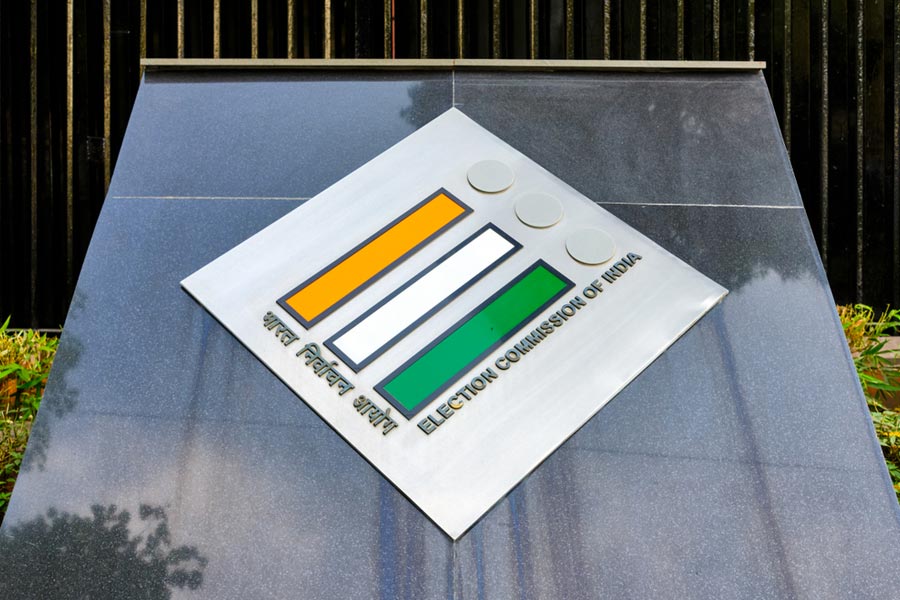 |
| Fruits of the Chiku dangle from branches of a tree in the township |
Safeda, Sapota or Chiku… the brownish round fruit is known by different names across the country but is loved by one and all. Due to its wide availability here if you thought it was indigenous to India, you'll be surprised to know that it originated in tropical America.
It is now grown in large quantities in India, Bangladesh, Malaysia, Cambodia and Indonesia. Though this tree is cultivated in India for its delicious sweet fruit, in other countries it is mainly grown for chickle, “the gutta percha” which would earlier be used as a base material for chewing gum and for other industrial purposes.
The Safeda is scientifically known as Manilkara achras and belongs to the family sapotacea. The evergreen tree from tropical America has spirally arranged glossy leaves about 7 to 15cm long. The average height of the cultivated tree is between 30 and 49ft and the bark is dark brown or grayish, not very rough, and exudes milky latex from wounds.
The fruit is a fleshy berry, variable in shape and size and normally four to eight cm in diameter. An unripe fruit has firm outer skin and when picked, release white chickle from its stem, but a fully ripe fruit does not release any chickle when picked. The skin of the fruit is thin, rusty brown with grainy texture, the pulp is soft and the seeds are black in colour.
Cultivation: The Chiku is a tropical fruit and needs warm and humid climate so it can flower and bear fruits throughout the year. In Salt Lake you will see flowers and fruits simultaneously on Chiku trees. They can be grown on hills and do best between 500m and 1,000m above mean sea level (MSL). In such conditions they will bear fruits in summer, flowering in April and May. They can grow in a variety of soils and can withstand the presence of slight salts in the soil too. They thrive in areas with 100 to 150cm of rainfall.
The Chiku can be planted in any season provided irrigation facilities are available. But it is beneficial to plant the tree in the beginning of the rainy season. After planting, young trees are to be stalked to protect them from winds and if required are to be covered with coconut leaves to protect from the sun.
They are generally planted six to eight meters apart. Pits of size 60cm×60cm×60cm are made between April and May and exposed to the sun for 15 days. Top 30cm is filled with equal quantity of soil and farmyard manure as well as 2kg of super phosphate and 1kg of potash. Pits are left to the monsoons for settling and planting is done at an appropriate time. After planting, the nearby soil is gently and firmly pressed.
The Safeda is also grown as a pot plant and similar type of compost may be used for planting them in pots. They should be lightly watered after planting.
Varieties: There are about 41 varieties spread all over country but in West Bengal varieties like Cricket Ball, Calcutta Special, Baramasia, Kalipatti and Chaatri are cultivated. But they are not consistent in shape or size so it is difficult to assign them specific characteristics.
Propagation: Safedas may be propagated from seeds, but vegetative propagation by adopting air layering (goote kalam) or inarching (jore kalam) is generally used to maintain true to type character. In case of inarching, the Khirni plant is used as root stock, because Safeda on Khirni is best in respect of plant vigour, productivity and longevity.
Tree management
Training & Pruning: Trees propagated from seed grow excellently giving an umbrella-like shape but it takes eight to 10 years to bear fruit. Inarching trees however begin to bear fruit after three years itself. Being an evergreen tree, the Safeda requires no regular pruning but to maintain the appropriate shape, framework development, good productivity and quality of fruits, some sort of pruning is necessary to expose the tree to light. Removal of dead and diseased branches may be done from time to time.
Fertilisation: For better growth of the tree and to obtain better yield, the tree requires good manuring. A dose of 40kg of farmyard manure, 250g of nitrogen, 300g of phosphate and 300g of potash per year is optimum. The dose can be regulated on the basis of age and status of nutrients in the soil especially of phosphate and potash. Fertilisers should be applied before the onset of monsoon.
Harvesting and fruit uses: Fruits mature after eight to 10 months of fruit set but it depends to a great extent on variety and climate. Maturity of fruits is decided by the development of a yellowish tinge intermixed with corky-brown colour on the surface of the fruit. Sometime Safedas are ripened artificially by keeping them in a bag of rice.
Uses: The plentiful health benefits of the Safeda come from its various types of nutrient content. The flesh of the Safeda is brown and juicy and one can peel out the skin and eat the fruit watching out for the seeds. It can be used to produce marmalade and jelly too. Milkshakes, ice cream and fruit bars are also made from the fruit.
The ripe fruits are a good source of various minerals and vitamins like B6, C and E. Safedas are rich in anti-oxidants and dietary fibre. They are a storehouse of nutrients.
| In West Bengal, the varieties of Chiku cultivated include Cricket Ball, Calcutta Special, Baramasia, Kalipatti and Chaatri |
►To be continued
Send your gardening queries to saltlake@abpmail.com











